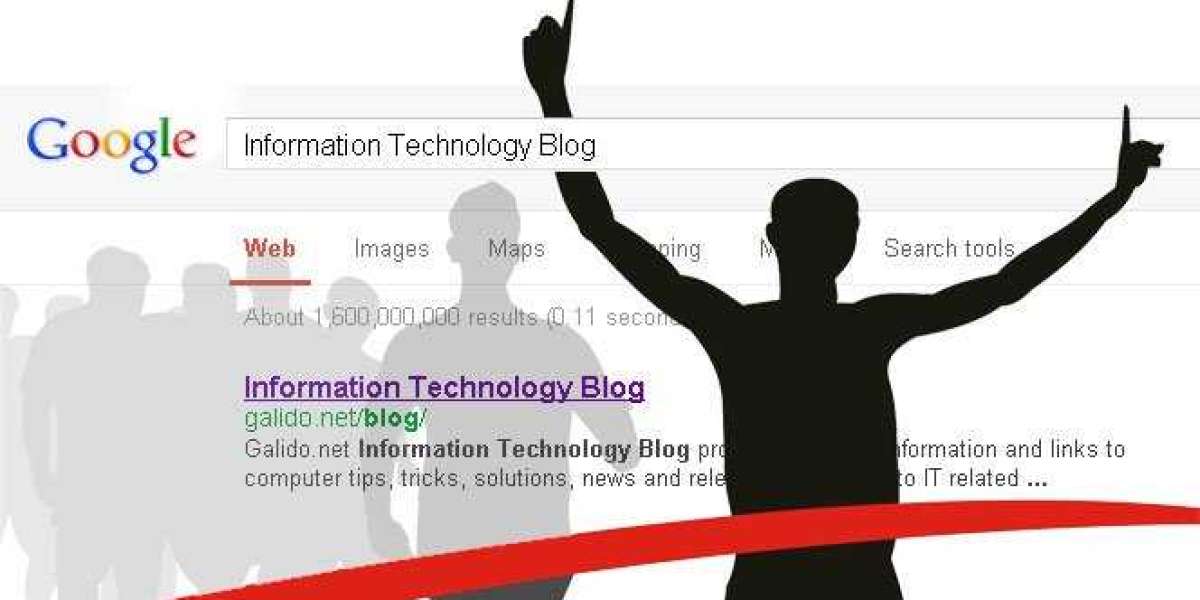Information Technology (IT) is the use of computers, software, and networking devices to manage, store, process, and transmit data. IT has been a rapidly evolving field, with new technologies emerging every year, leading to significant advancements in all industries.
The importance of IT cannot be overstated, as it has become an essential component of every business operation. In this article, we will discuss the latest trends in IT, how they are changing the industry, and how businesses can benefit from these developments.
Trends in IT
Information Technology (IT) is an ever-evolving field that continues to impact all aspects of modern society. With new advancements and innovations emerging every year, IT has become a crucial component of many industries, from healthcare and finance to retail and transportation. In this constantly changing landscape, it's essential to stay up-to-date with the latest trends and developments to remain competitive and succeed in business.
Artificial Intelligence (AI) and Machine Learning (ML):
AI and ML are two of the most significant trends in IT. They allow businesses to automate tasks that were previously performed by humans, such as customer service, data analysis, and decision-making. AI and ML algorithms are continually evolving, and businesses that can harness their power can gain a significant competitive advantage.
Cloud Computing:
Cloud computing is another significant trend in IT. It enables businesses to store and access data and applications over the internet rather than on-premises. Cloud computing is cost-effective, scalable, and provides a high level of security. Many businesses are migrating to cloud computing to reduce IT costs, improve flexibility, and increase productivity.
Internet of Things (IoT):
IoT is the interconnected network of physical devices, vehicles, home appliances, and other items embedded with electronics, software, sensors, and network connectivity, enabling these objects to collect and exchange data. IoT is revolutionizing many industries, including manufacturing, healthcare, transportation, and retail. It is creating new opportunities for businesses to improve efficiency, reduce costs, and enhance customer experiences.
Blockchain:
Blockchain is a decentralized, digital ledger that records transactions in a secure and transparent manner. It has the potential to transform the way businesses operate by providing a secure and efficient way to verify and transfer digital assets. Blockchain technology is already being used in industries such as finance, supply chain management, and healthcare.

Cybersecurity:
As businesses increasingly rely on technology, the threat of cyberattacks has grown. Cybersecurity has become a critical concern for businesses of all sizes, as a single breach can cause significant damage to a company's reputation, finances, and customer trust. Businesses need to invest in robust cybersecurity measures to protect themselves from these threats.
Benefits of IT for Businesses
Information Technology (IT) has revolutionized the way businesses operate, making tasks faster, more efficient, and more streamlined. From automating tasks to providing real-time data and analytics, IT has a significant impact on productivity, cost savings, and customer experiences. By adopting the latest IT trends and technologies, businesses can gain a competitive edge, reduce costs, and improve efficiency.
Improved Productivity:
IT has the potential to streamline business operations, automate tasks, and reduce the workload of employees. This can lead to increased productivity, allowing businesses to produce more with fewer resources.
For more information about please watch this video: https://youtu.be/-sAssfhYkio
Enhanced Customer Experiences:
IT can help businesses deliver better customer experiences by providing more personalized and efficient services. For example, businesses can use AI and ML to analyze customer data and provide recommendations tailored to their needs.
Cost Savings:
IT can reduce costs by automating tasks and streamlining processes. Cloud computing, in particular, can save businesses money on hardware, software, and maintenance costs.
Increased Efficiency:
IT can help businesses operate more efficiently by providing real-time data and analytics. This allows businesses to make informed decisions quickly, improve processes, and identify areas for improvement.
Competitive Advantage:
By adopting the latest IT trends, businesses can gain a competitive advantage. For example, businesses that use AI and ML to automate tasks can provide faster and more accurate services than their competitors.
Conclusion
IT has become an essential component of every business operation, and the latest trends in IT are changing the industry. Businesses that can harness the power of AI and ML, cloud computing, IoT, blockchain, and cybersecurity can gain a significant competitive advantage. IT can help businesses improve productivity, enhance customer experiences, reduce costs, increase efficiency, and gain a competitive advantage. As technology continues to evolve, businesses that stay up-to-date with the latest trends will be better positioned to.



